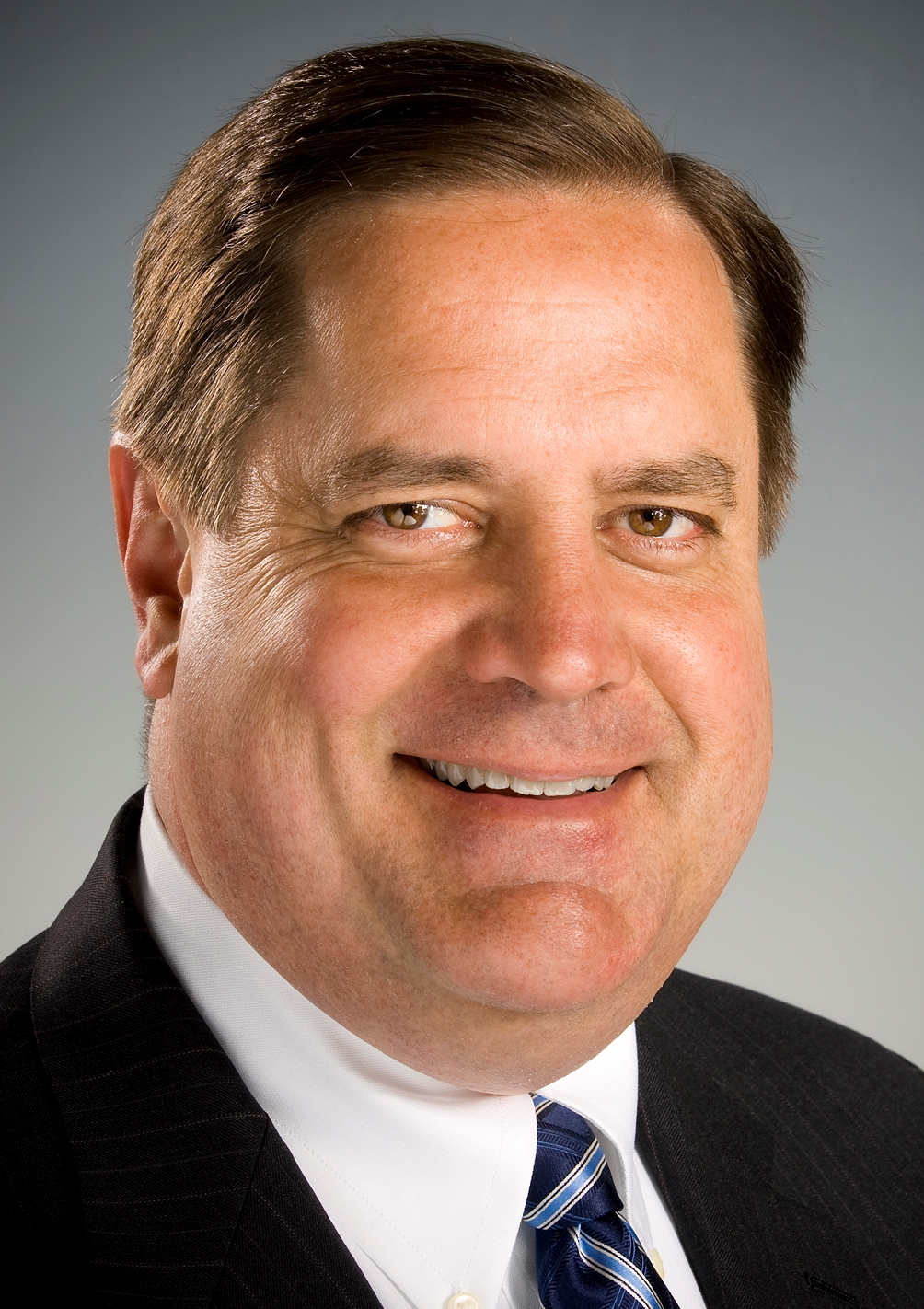
By Robert J. McLaughlin
On Election Day in November, a new day
dawned in New York. By answering Proposition
No. 1 “yes” voters authorized commercial casinos
under the State Constitution. Continuing
a trend that has taken hold nationwide during
the last decade, New York follows contiguous
states (Massachusetts and Pennsylvania) in
the recent expansion of gaming beyond the
traditional horse racing and state-run lottery.
The constitutional amendment limits the
total numbers of casinos to seven. Legislation
passed earlier this year limits this further to
an immediate four. These four casinos will be
constructed in three identified regions over
the next 24-36 months. (The remaining three
casinos will be considered in 2019 or later).
These regions are broken into groups of
counties, but can essentially be described as
the Southern Tier, the Catskills/Hudson Valley
and the Capital District.
Why seven casinos in total and only an immediate limit of four? The governor and the
Legislature negotiated the total number in 2012
when the “gaming expansion bill” was initially
passed.
The belief was that with three existing Native American casinos, nine “racinos,” horse racing and the New York Lottery, too many commercial casinos would saturate the state, thereby defeating the purpose of the expansion – namely to raise revenue for education and provide needed jobs.
The limit of four casinos in the three upstate regions specifically addresses the governor’s belief that the first group of casinos should be limited to those areas in the state that are “economically distressed.” The Upstate New York Gaming Economic Development Act of 2013 — or the “Gaming Act” — states that four “destination resort casinos” in upstate New York can “boost economic development, create thousands of well-paying jobs, provide real property tax relief to the localities where the casinos are located, and provide added revenue to the state.”
In addition, since upstate tourism is a critical part of the local economy, the governor and the Legislature believes that four upstate casinos will attract “non-New York residents and bring downstate New Yorkers to upstate.”
Where will the four casinos be built? When will they be built? What is the process to determine the where and when? How soon will New Yorkers be able to sit at non-Native American casino tables? With education and local revenue at stake, those are the questions that every New Yorker is (or should be) asking. The Gaming Act divides the state into two zones. Zone One includes Long Island, New York City and counties of Putnam, Rockland and Westchester. No casinos are permitted in Zone One for at least seven years.
Zone Two includes the remainder of the state and is further divided into six regions. Only three regions are allowed to have gaming now: Region 1 (Columbia, Delaware, Duchess, Greene, Orange, Sullivan and Ulster counties – the Catskill/Hudson Valley Region); Region 2 (Albany, Fulton, Montgomery, Rensselaer, Saratoga, Schenectady, Schoharie and Washington counties – the Capital District Region); and Region 5 (Broome, Chemung, Schuyler, Seneca, Tioga, Tompkins and Wayne counties – the Southern Tier Region). Region 5 is further limited to areas east of state Route 14.
The Act allows up to two casinos in any of the three regions. The remainder of the state, for now, will be reserved exclusively for the three Native American casinos operated by the Seneca Nation of Indians, the Oneida Indian Nation and the St. Regis Mohawk Tribe.
To determine specific locations, the New York Gaming Commission will establish a “location board.” This board will consist of five members – and once three are selected, the board will issue a request for proposals (RFP) within 90 days to business entities interested in operating and constructing one (or more) of the casinos.
It is anticipated that the board members will be named by early January and the RFP will be issued sometime in February. Applicants will likely have 4-6 months to submit their application, and the board and the gaming commission will review the applications, and investigate the applicants, for at least that long.
Therefore, while anything different can happen, the best guess now is that the locations of the four new casinos will be announced around this time in 2014.
The location board will look at several factors in determining whether an application is successful – with the goal to build four “world-class resort, destination” casinos. The casino sites and owners will be selected on merit – what is being proposed; how many amenities will be included , i.e., restaurants, bars, hotels, event centers – everything that makes a casino a destination.
The board will look at the local impact – support or objection – to the casino and other factors including the number of short- and long-term jobs being created.
The casinos, like the process, will be tightly and strictly regulated by the Gaming Commission to guarantee public confidence and trust. Since local impact to a community is a factor, some communities have proposed formal resolutions of support (or objection). Communities in the Catskill Region are generally supportive – a casino plan of some sort has been proposed there since the early 1970s. Saratoga Springs pulled a support resolution from consideration in November, since there was suspected opposition to it. While the Gaming Act does not require these resolutions of support, they may be one of the many factors that the board considers as it reviews a gaming applicants proposal.
McLaughlin is the former CEO of the New York State Lottery and head of the law firm Hodgson Russ’s Gaming Law Practice Group. Hodgson Russ has an office in Saratoga Springs.
Photo Courtesy of Hodgson Russ
